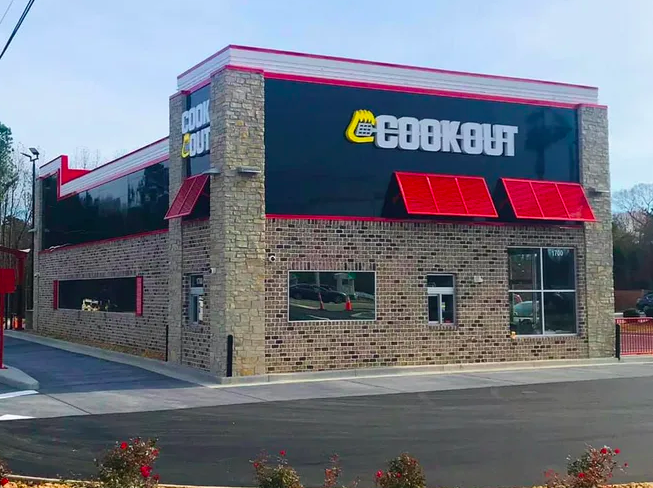With the mobile food industry continuing to grow we are constantly on the look out to assist both the owner operators as well as the customers of these rolling bistros. From time to time we run polls to gain industry information that truck owners can use to help better their customer service and the options that they provide to the communities that they serve. Other times our polls are set to find out general information “we” want to know.
This week’s poll is centered on the labor cost a food truck owner has to deal with when operating their mobile business. If you have never calculated your labor cost percentages, we absolutely suggest that you start doing so, as knowing this data can help a food truck owner cut costs and improve your bottom line.
The formula for calculating labor cost is simple:
-
Determine the food truck’s annual labor cost. This is all the money that the business had to pay to its employees throughout the year in wages, including medical insurance, bonuses, and any other benefits.
-
Determine the food truck’s annual revenue. This is the amount of money that the business makes per year as a result of its operations. Annual revenue refers to a business’ gross earnings; it reflects the amount of money that the business takes in before any taxes or other deductions have been made.
-
Divide your mobile food business’ annual labor cost by its annual revenue (sales). For example, if the business paid $20,000 a year to its employees and it brought in $100,000 a year in sales you would divide $20,000 by $100,000 to get 0.2.
-
Multiply the result from Step 3 by 100. The resulting number is the business’ labor cost percentage. (In our example, 20 percent.)
Once you have your labor percentage, place your vote…
If you are spending more than 35% on the labor in your mobile food business, we’d love to hear what accounts for such a high percentage. Please share the reasons in the comment section below or drop us a message via email to [email protected].
We would also ask owners to share this link to this poll with other owners in your area so we can gain as much data as possible. Once we have this information we will share the findings with our readers.




